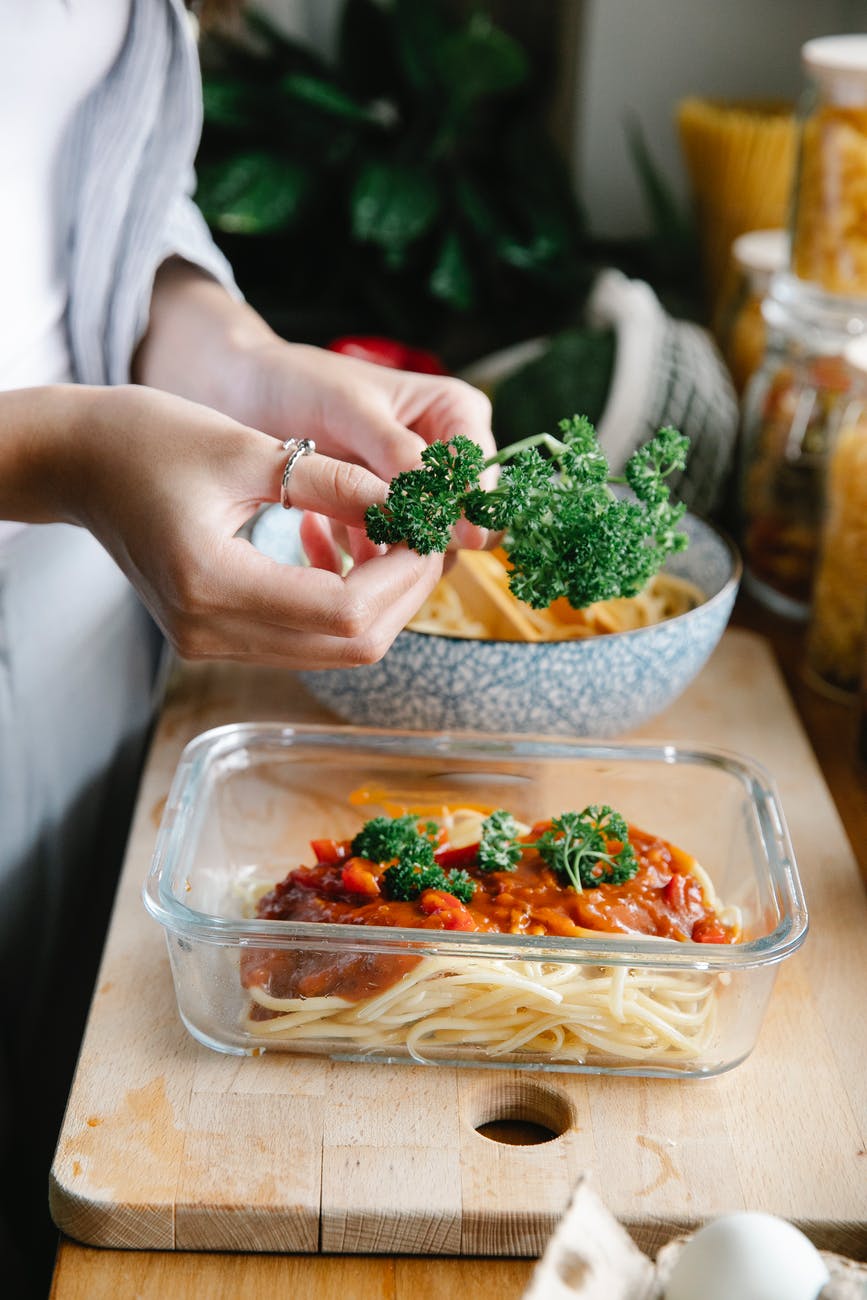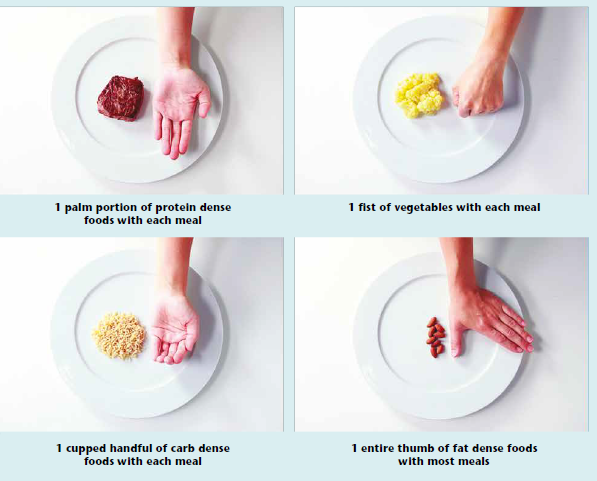
When it comes to food, the 2 biggest questions are
- What do I eat to lose weight?
- How much should I eat to lose weight?
The answers to these two questions are simple in themselves.
The “what” – nutrient dense foods that fulfil your energy needs, vitamins and mineral needs and enough water/fluids to stay hydrated.
The “how much” – however much that will put you in a caloric deficit (burning more calories than you consume).
Simple. Straight to the point.
I think most people know this, as a general idea. However most people struggle to make this actionable in order to see results and make changes.
Understanding It A Little Deeper
For a different way to structure it all, the best way is to begin to understand what food is. Food is made up of energy (calories) and has macronutrients and micronutrients (vitamins and minerals). You can probably find a list of any kind of food if you Google them and they will mostly be right.
The “how much” and “when” is the part that changes based on your cooking skills, food availability, time, and preferences.
There’s different scenarios such as the best times to eat for you, what to eat when you’re busy, how to plan your own meals and recipes.
There will be a comprehensive book on understanding all these details, plus helping you figure out HOW to find out what to eat, understanding food labels, serving sizes, meal prepping for busy periods, dealing with holidays and weekends, and how to incorporate food portions. If you are interested, send an email to info@camufit.net to pre-order your copy today.
How Should My Plate Look?
If your question is how much should you eat during a meal, then this is a useful starting guide for you. It serves as a good general template which you can get started on today.
This is using the HAND method.
This means for your quantity of food to eat for the meal, your amount will be based from your own body measurements, making it better for your own needs.
It’s quick, easy, requires no measuring cups or weighing scales. No need for smart phones or calorie counting app.
For each meal, the following guideline is recommended for women:

For men, the portion sizes are double:

NB:
This will work as a starting point for balancing your meal portions if you have previously had no portions already made. Follow the meal portion guide and then track how your progress is, and adjust accordingly.
If you start with this guide, and find you aren’t losing weight, which is your goal, then you need to readjust, and consider reducing your carbohydrate or fat portion (keep protein as high as you can, here’s why).
If you’d like to gain weight and your weight is staying the same or you’re losing, then you might consider increasing half a portion of carbohydrates.
You have to start paying attention to the food quantities and types you eat. Meal portions are not fixed, and should change according to the goal you have – lose weight? Gain muscle? Maintain? Body recomposition?
Unless you focus on the overall habits such as overeating, eating too fast, not enough water, and skipping meals unnecessarily, true lasting change is not seen.
The whole process is an iterative one – you adjust the sails according to the direction of the blowing wind, ie your progress.
That’s why you need to work on building small simple habits. That will eventually create a system where you can easily create your own meal plans for the long term.
You can make lasting change one meal at a time, building and adjusting as you go. With continued effort and focus, you can succeed in any weight goal you desire.
Thanks for reading, subscribe for more updates 😊

Leave a comment